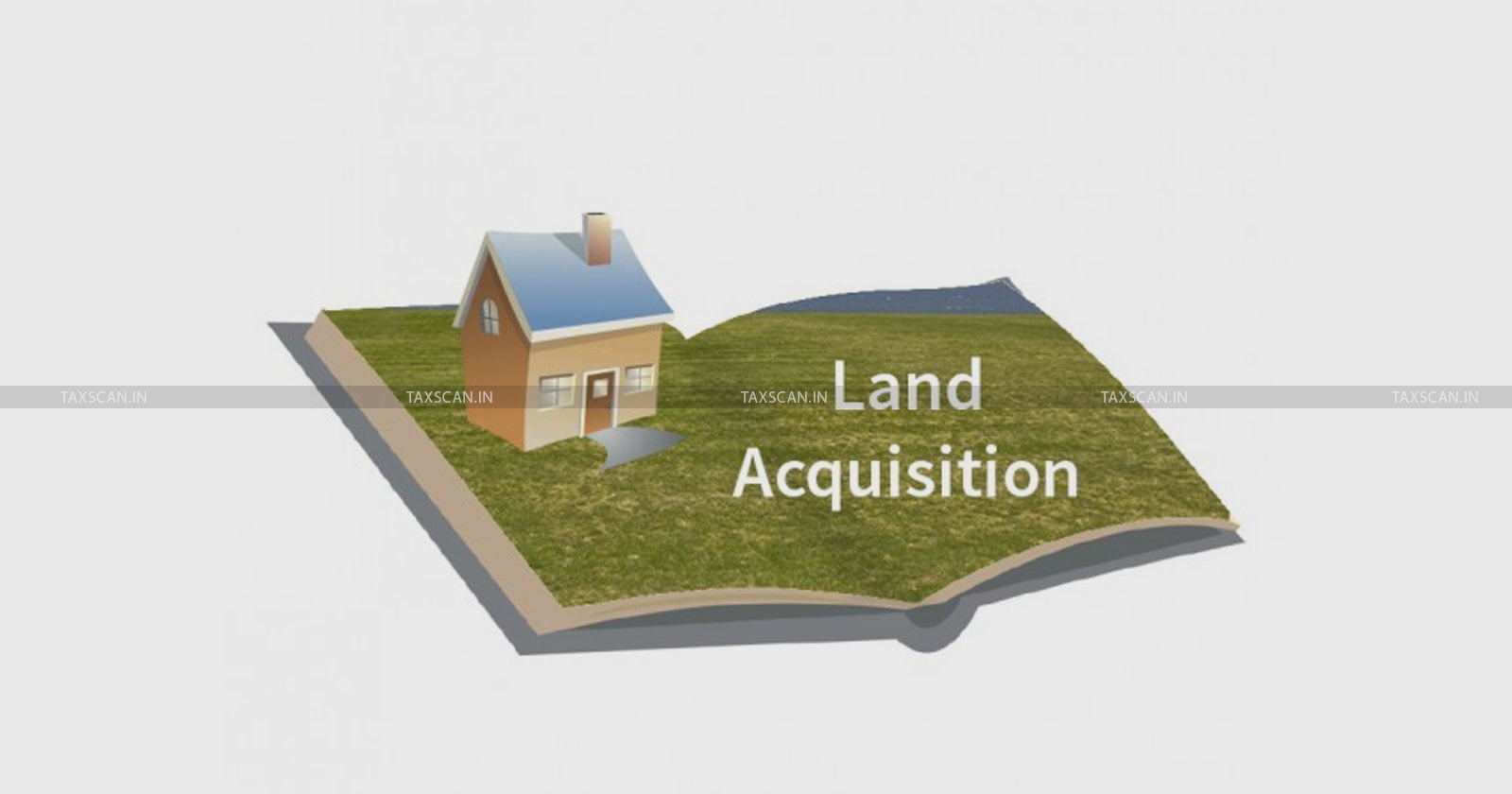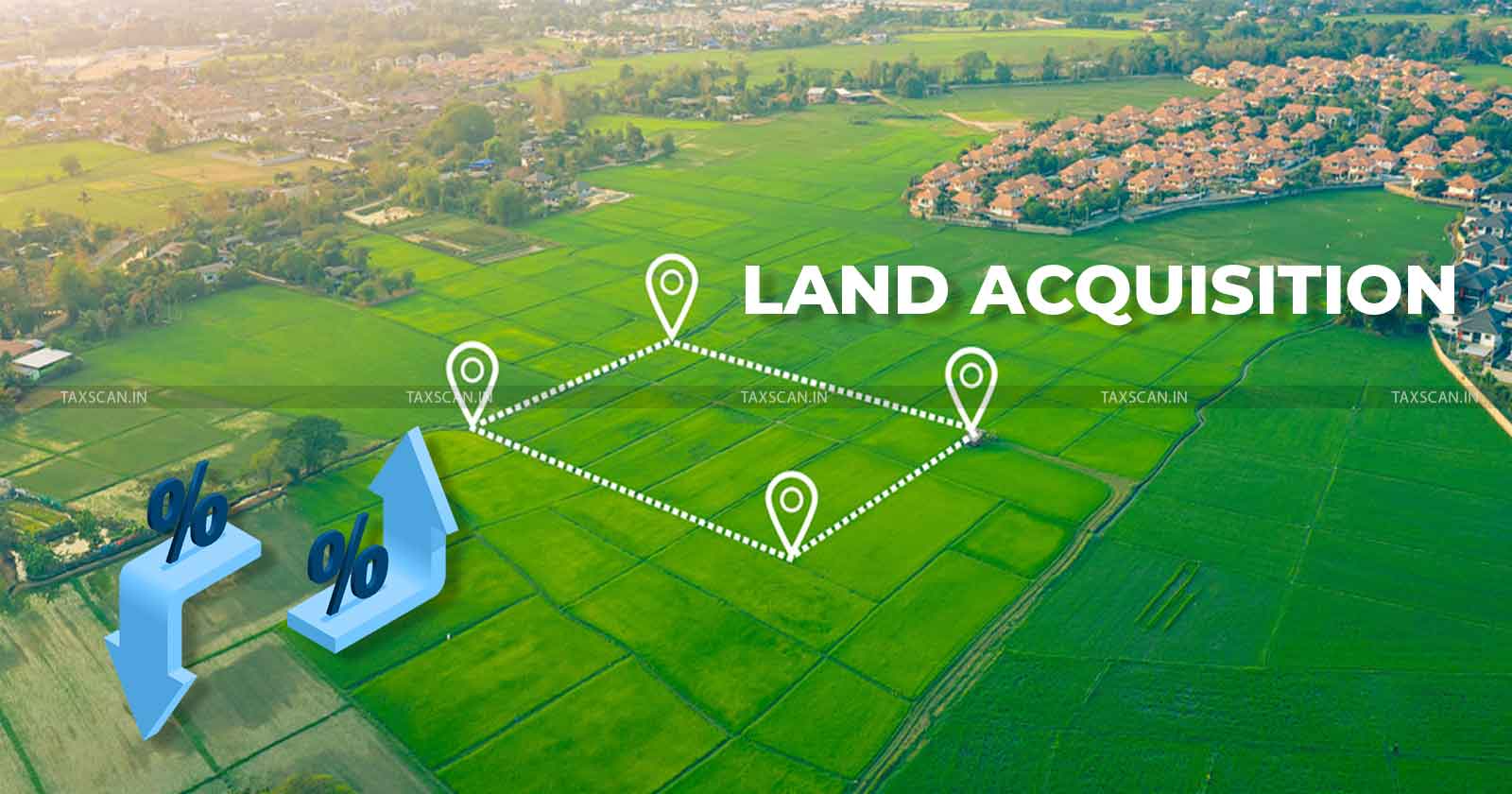
Planning Your Dream Ranch: A Comprehensive Guide to Land Acquisition
The allure of a sprawling ranch, a place where the land stretches to the horizon and the air hums with the quiet symphony of nature, is a potent one. But transforming this dream into reality requires careful planning, particularly when it comes to land acquisition. This isn’t just about finding a plot; it’s about finding the right plot, a piece of land that perfectly aligns with your vision, budget, and lifestyle. This guide navigates the complexities of ranch land acquisition, offering a roadmap to help you secure the perfect piece of paradise.
I. Defining Your Dream:
Before embarking on the thrilling journey of land acquisition, introspection is key. What kind of ranch do you envision? A working cattle ranch? A haven for horses? A private retreat for family and friends? Consider:
- Size: How much acreage do you realistically need and can afford? Think beyond the immediate needs; consider future expansion possibilities.
- Location: Proximity to towns, infrastructure (roads, utilities), and your preferred climate are crucial. Consider commute times if you plan to maintain a city residence.
- Topography: Rolling hills, flat plains, mountainous terrain – the landscape significantly impacts usability and the type of activities you can pursue.
- Water Resources: Access to water is paramount. Investigate water rights, availability of wells, and potential for irrigation.
- Soil Quality: If you plan on farming or ranching, soil quality is non-negotiable. Consider soil testing as part of your due diligence.
- Wildlife: Research the local wildlife population. This affects not only your enjoyment but also potential challenges and regulations.
II. Financing Your Dream:
Securing financing is a crucial step, often requiring a different approach than traditional home mortgages.
- Traditional Mortgages: Some lenders offer mortgages for agricultural land, but they often require larger down payments and stricter qualification criteria.
- Farm Credit Banks: These specialized lenders offer financing tailored to agricultural operations, including ranches.
- Seller Financing: Directly negotiating with the seller for financing can offer flexibility, especially for unique properties.
- Equity Loans: If you own other properties, an equity loan can help supplement your down payment.
III. Finding the Right Land:
Finding the right land involves a multi-faceted approach:
- Real Estate Agents: Specializing in ranch properties is highly recommended. They possess local market knowledge and can navigate the complexities of land transactions.
- Online Listings: Websites dedicated to agricultural and ranch properties offer a broad overview of available listings.
- Networking: Connect with other ranchers, farmers, and land owners. Word-of-mouth can lead to hidden gems not publicly listed.
- Government Agencies: State and federal agencies may offer land for sale or lease, often at below-market prices.
IV. Due Diligence: Protecting Your Investment:
Before signing any contracts, thorough due diligence is paramount:
- Title Search: Ensure the seller has clear title to the land, free from encumbrances or liens.
- Survey: A professional survey verifies the property boundaries and identifies any potential issues.
- Environmental Assessment: Identify potential environmental hazards, such as contamination or endangered species habitats.
- Legal Review: Engage a real estate attorney to review all contracts and documents before signing.
V. Negotiating and Closing the Deal:
This stage requires careful negotiation and attention to detail:
- Price Negotiation: Research comparable properties to determine a fair market value and negotiate accordingly.
- Contract Review: Meticulously review the purchase agreement, ensuring all terms and conditions align with your understanding.
- Closing Costs: Factor in closing costs, such as attorney fees, title insurance, and transfer taxes.
| Feature | Option 1 | Option 2 | Option 3 |
|---|---|---|---|
| Location | Rural, near small town | Remote, secluded area | Suburban fringe |
| Size (Acres) | 100-200 | 500+ | 20-50 |
| Water Access | Well, creek | Natural spring, reservoir | Municipal water supply |
| Terrain | Rolling hills | Flat plains | Mountainous |
VI. Post-Acquisition Considerations:
After acquiring your ranch land, several crucial steps remain:
- Infrastructure Development: Plan and implement necessary infrastructure, including fencing, roads, utilities, and buildings.
- Environmental Stewardship: Develop a responsible plan for land management, considering conservation and sustainability.
- Legal Compliance: Ensure compliance with all relevant zoning regulations, environmental laws, and agricultural practices.
Acquiring ranch land is a significant undertaking, requiring careful planning, diligent research, and sound financial management. By following this comprehensive guide, you can significantly increase your chances of finding and securing the perfect property, transforming your dream of owning a ranch into a fulfilling reality.

Additional Information
Planning Your Dream Ranch: A Deeper Dive into Land Acquisition
While a general guide to ranch land acquisition covers the basics, achieving a successful purchase requires a more nuanced understanding of the multifaceted processes involved. This analysis delves deeper into critical aspects, offering insights to enhance the decision-making process.
I. Beyond Location: A Multifaceted Site Assessment:
The “ideal location” is subjective, but objective criteria are crucial. A simple “rural area” designation is insufficient. Thorough due diligence necessitates:
- Soil Analysis: This goes beyond a cursory glance. A professional soil test reveals crucial information about water retention, nutrient levels, and suitability for intended agricultural uses (livestock grazing, hay production, etc.). For example, differing soil types will dictate grazing capacity, influencing the number of livestock you can sustainably support and potentially impacting your financial projections. Clay soils, while fertile, can be challenging to manage in terms of drainage and erosion.
- Water Rights & Availability: This is arguably the most critical aspect. The presence of a water source isn’t enough; understanding water rights (appropriative rights, riparian rights, etc.) is essential. A robust assessment involves investigating water availability throughout the year (accounting for drought cycles), water quality (testing for pollutants), and the legal framework governing its usage. Failing to secure adequate water rights can render even the most idyllic land unusable. Case studies abound of ranches failing due to insufficient or contested water access.
- Environmental Impact Assessment: Beyond zoning regulations, consider the broader environmental impact. Habitat assessments for endangered species, potential wetland implications, and soil erosion risks require professional evaluation. Ignoring these factors can lead to significant delays, fines, and even project cancellation. The Endangered Species Act in the US, for example, imposes strict regulations on land development impacting protected species.
- Infrastructure Considerations: Proximity to roads, electricity, and communication networks are fundamental. The cost of extending infrastructure significantly impacts overall investment. Remote locations often necessitate substantial upfront investment in well drilling, power generation, and communication systems, directly affecting profitability.
II. Financial Modeling and Risk Mitigation:
A sound financial model transcends simple purchase price calculations.
- Comprehensive Cost Analysis: Include not just land acquisition but development costs (fencing, water infrastructure, buildings), operating expenses (livestock feed, veterinary care, labor), and potential tax implications (property taxes, capital gains). Scenario planning (e.g., drought impact, livestock price fluctuations) is crucial.
- Funding Sources and Debt Management: Explore diverse funding options (loans, private investment, partnerships). Carefully evaluate interest rates, loan terms, and repayment schedules. Over-leveraging can significantly increase risk.
- Due Diligence Insurance: Protecting against unforeseen environmental or title issues is essential. Environmental site assessments (ESAs) and title insurance can mitigate significant financial losses. The cost of this insurance is negligible compared to the potential cost of remediating environmental contamination or resolving title disputes.
- Market Analysis and Exit Strategy: While a “forever ranch” is a common goal, having a well-defined exit strategy is prudent. Understanding market trends in ranch land values, potential buyers, and alternative uses (e.g., subdivision, conservation easement) adds value and reduces long-term risk.
III. Legal and Regulatory Navigating the Complexities:
Land acquisition is laden with legal complexities.
- Title Examination & Abstract Review: Thorough title examination by a qualified attorney is paramount to ensure clear ownership and freedom from encumbrances (mortgages, easements, liens). Overlooking this step can lead to costly litigation.
- Zoning Regulations & Permits: Understanding local zoning regulations and obtaining necessary permits for construction, water usage, and livestock management is crucial. Non-compliance can lead to significant fines and project delays.
- Easements & Rights of Way: Carefully review existing easements (access rights, utility lines) to avoid future conflicts. Negotiate clear and unambiguous terms to protect your interests.
- Environmental Regulations: Federal, state, and local environmental regulations are complex and vary geographically. Compliance requires careful planning and potentially engaging environmental consultants.
Conclusion:
Acquiring a dream ranch requires a meticulous and comprehensive approach. This analysis underscores the need for thorough due diligence, robust financial planning, and professional guidance throughout the process. By addressing these complexities proactively, potential buyers can significantly enhance their chances of achieving a successful and sustainable ranch operation. Ignoring these critical aspects can easily transform a dream into a costly and frustrating reality.
